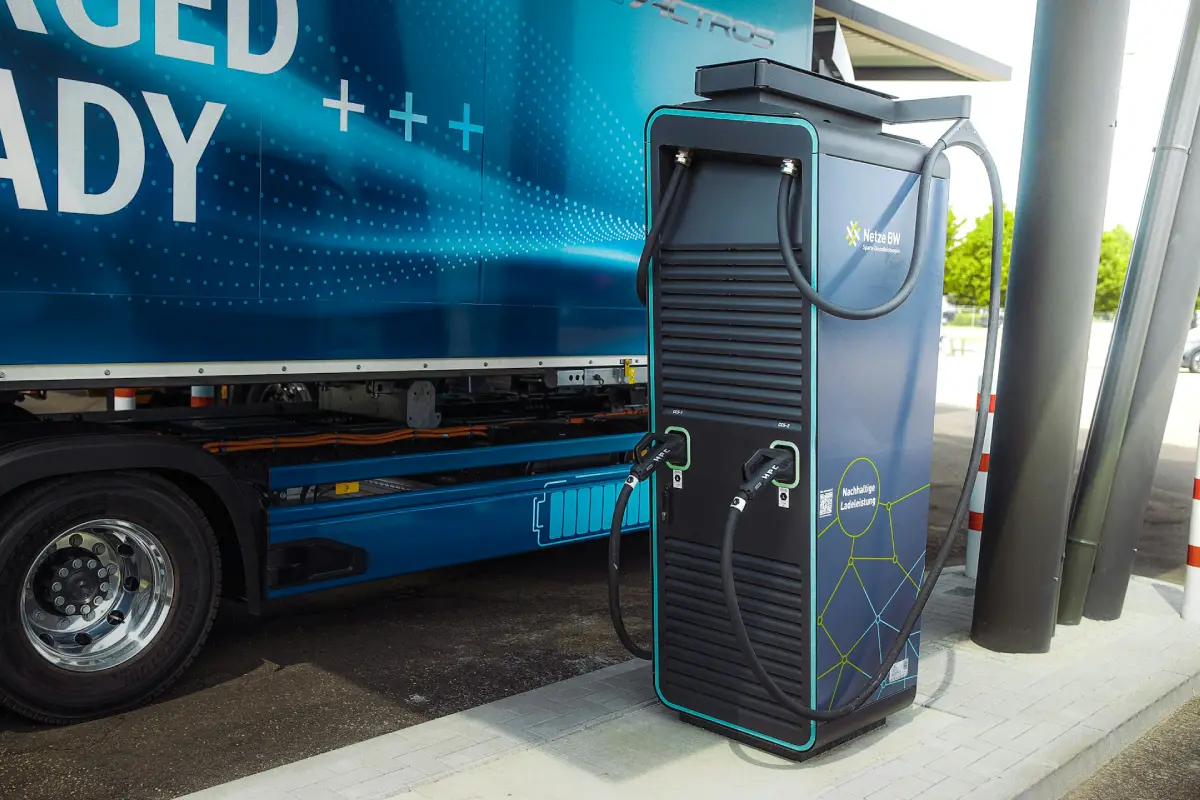The transition to electric fleets is becoming a pivotal focus for businesses aiming for economic and sustainable goals. As technological advances pave the way, companies are exploring fleet solutions to implement electric vehicles (EVs) effectively. Electric fleets promise enhanced operational efficiency and significantly reduced emissions, aligning with global sustainability goals that many corporations strive to meet.
The transportation industry is witnessing a rapid shift as electric vehicle adoption grows exponentially. According to recent statistics, many businesses are now opting for EVs to drive their operations, driven by the need to cut costs and reduce their carbon footprints. This movement represents a broader global initiative towards a more sustainable future, reflecting consumer preferences and governmental policy changes.
Contents
Benefits of Transitioning to Electric Fleets
Switching to electric fleets can lead to significant cost savings over time. Although the initial purchase price of electric vehicles may be higher than that of traditional fuel-powered vehicles, the lifecycle cost is much lower. This is largely because EVs have fewer moving parts, reducing wear and tear, requiring less maintenance, and lowering operating costs.
Another compelling reason to make the switch is the positive environmental impact. Electric vehicles help substantially reduce greenhouse gas emissions, contributing to a healthier planet. For organizations exploring practical ways to implement this transition, information on Blink’s fleet solutions may offer useful insights into infrastructure and management considerations.
Additionally, there is the aspect of brand image enhancement, which is increasingly vital in today’s market landscape. More and more consumers are choosing brands that demonstrate environmental responsibility. By transitioning to electric fleets, businesses enhance their public perception and build stronger customer loyalty by aligning with eco-friendly practices that resonate with today’s conscious consumers.
Overcoming Challenges in the Shift to Electric
Despite these benefits, the transition to an electric fleet isn’t without its challenges. One significant concern is the range and battery life of electric vehicles. Many businesses worry about how far an EV can travel on a single charge. However, advancements in battery technology are continuously extending vehicle range and improving charging times, steadily addressing these concerns and making electric fleets a viable option for long-distance operations.
Establishing a robust charging infrastructure is another critical challenge that businesses need to address. Companies must invest in or collaborate with providers to ensure adequate access to efficient and reliable charging stations. Moreover, a thorough understanding of government incentives can significantly mitigate the financial barriers associated with infrastructure development. These incentives often come in the form of tax credits, grants, or rebates, reducing the financial burden of the initial setup.
Key Considerations for Fleet Managers
Fleet managers face numerous considerations when planning the shift to electric vehicles. Chief among these is the need to assess specific fleet requirements, such as the types of vehicles required, typical driving distances, and load capacities necessary to meet business needs. Managers need to match these needs with the capabilities of available electric vehicle models to ensure seamless integration.
Additionally, it’s crucial to analyze the total cost of ownership (TCO) and forecast potential returns on investment (ROI). By understanding these financial metrics, fleet managers can make informed decisions that align with their company’s economic and sustainability goals, ensuring a smooth and efficient transition to electric vehicles.
Innovations in Charging Infrastructure
Innovations in charging technology are central to the success of electric fleets. Fast-charging and wireless charging solutions are becoming increasingly popular, making charging electric vehicles quicker and more convenient. These innovations are being deployed in urban areas and more rural settings, facilitating wider adoption and making charging more accessible to a broader audience.
Furthermore, collaborations between governmental bodies and the private sector are essential in expanding charging networks. These partnerships are crucial for developing the necessary infrastructure to support the growing number of electric vehicles, ensuring that charging solutions keep pace with demand and allow seamless travel without excessive downtime for recharging.
The Role of Government and Policy
Government policies are instrumental in facilitating the growth of electric fleets. Supportive regulatory frameworks, incentives, and grants make the transition financially feasible for many businesses. Governments play a critical role in shaping the market environment by providing the necessary support mechanisms to accelerate electric vehicle adoption.
These efforts not only reduce economic barriers but also encourage innovation and infrastructural developments that are essential for large-scale fleet electrification. As more governmental bodies pledge to reduce carbon emissions, businesses respond by electrifying their fleets, creating a symbiotic relationship that benefits both the environment and the economy.
Future Trends in Electric Fleet Management
The future of electric fleet management is promising as technological advancements continue to emerge. The integration of autonomous electric vehicles is particularly exciting, offering the potential for unprecedented efficiencies and operational cost savings. These technologies promise to disrupt traditional fleet management paradigms, offering new possibilities for logistics and transportation.
As we look ahead, it’s clear that electric vehicles will play an increasingly prominent role in fleet operations. With ongoing technological advancements and sustained government support, the journey towards a sustainable and economically viable future is feasible and already in motion, paving the way for more businesses to join the electric revolution.



